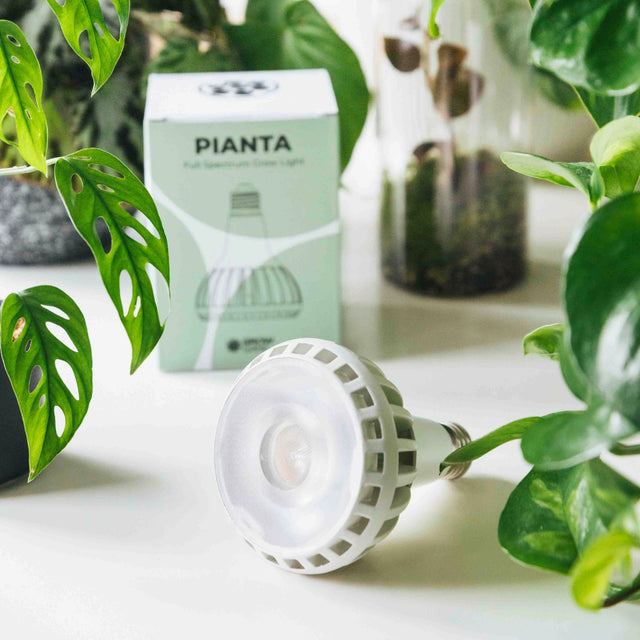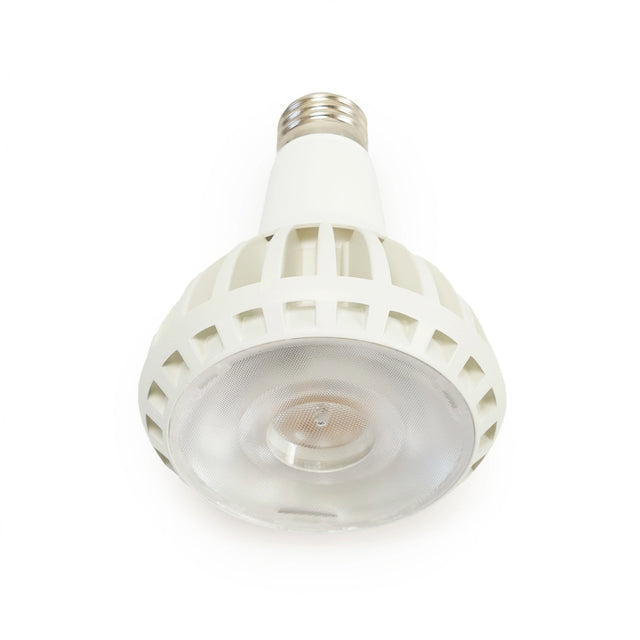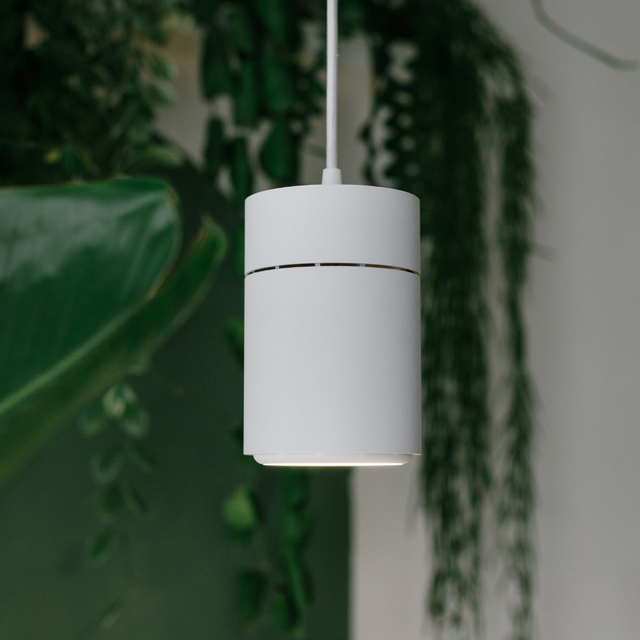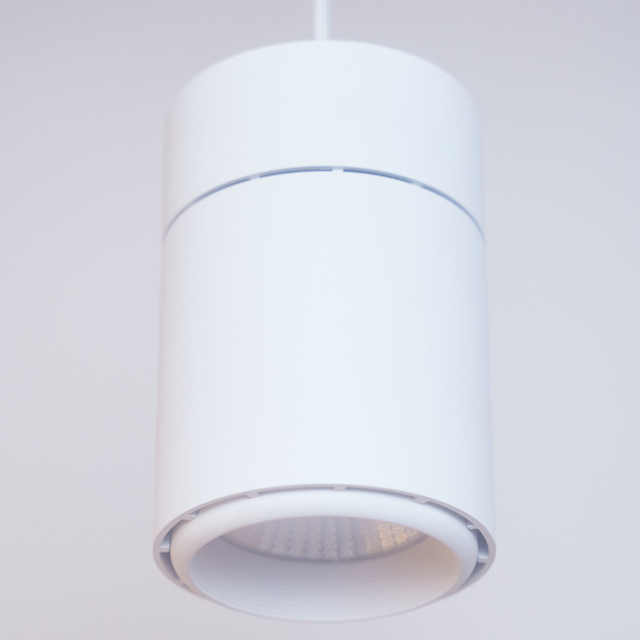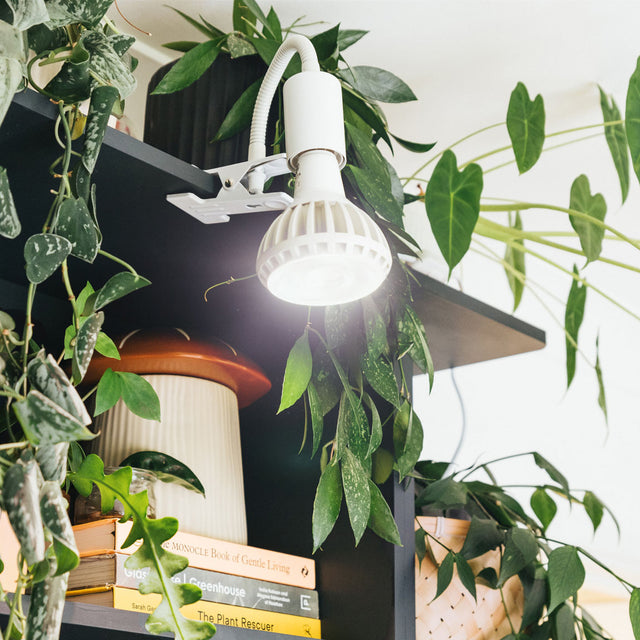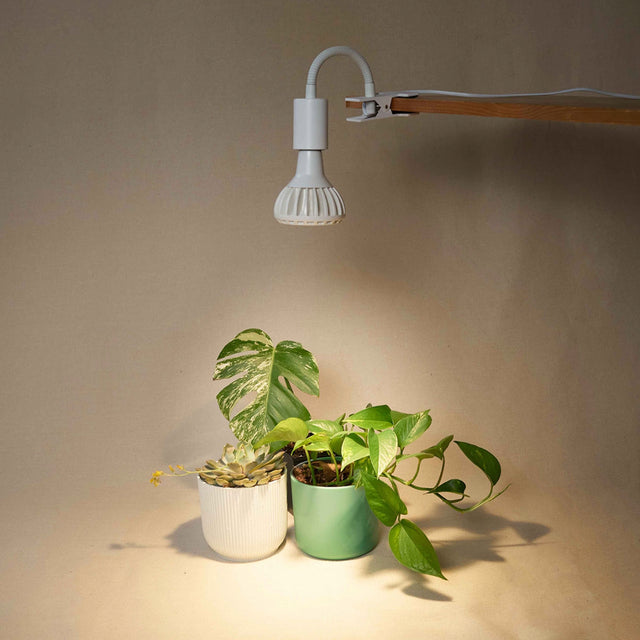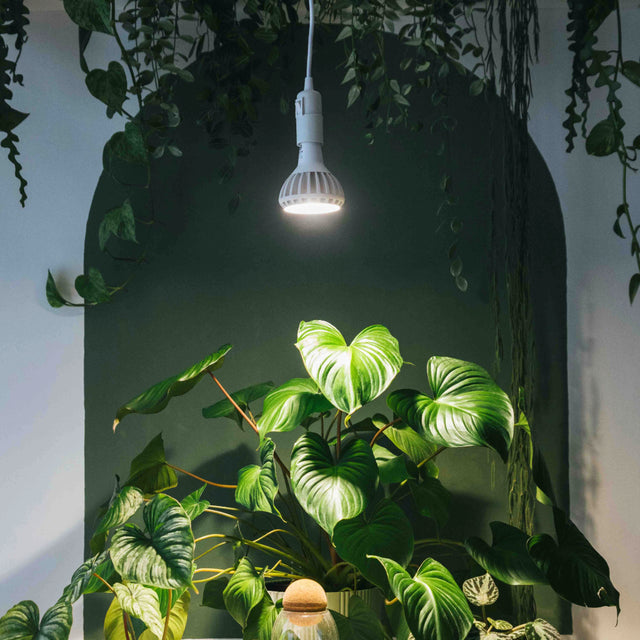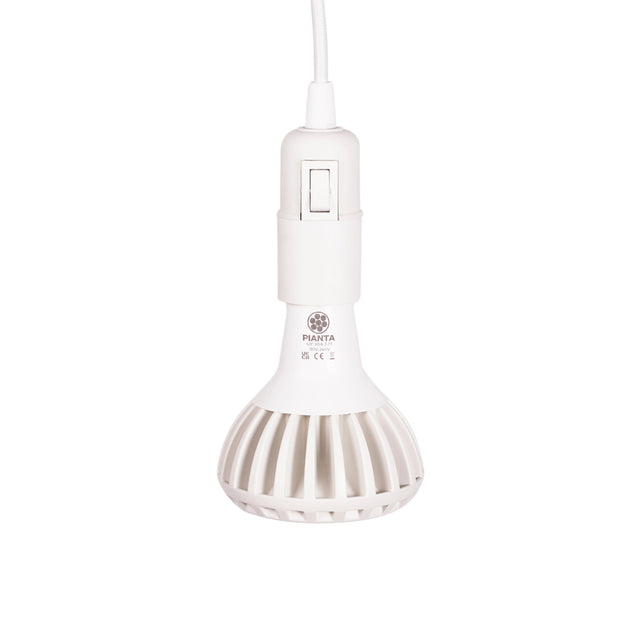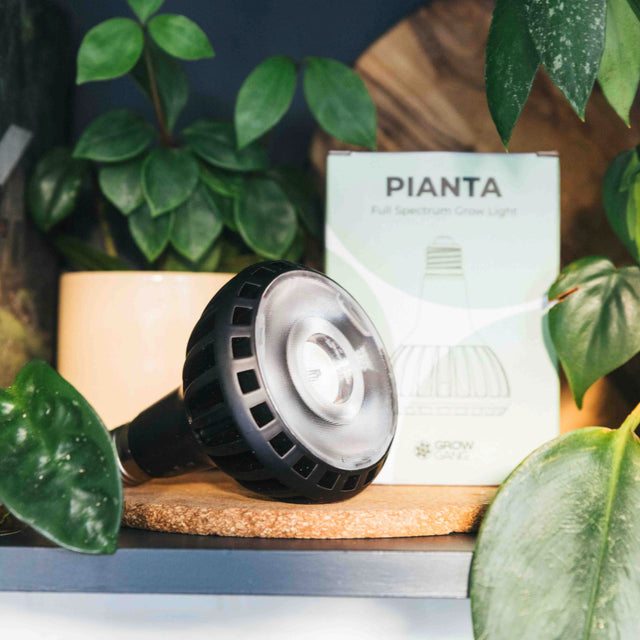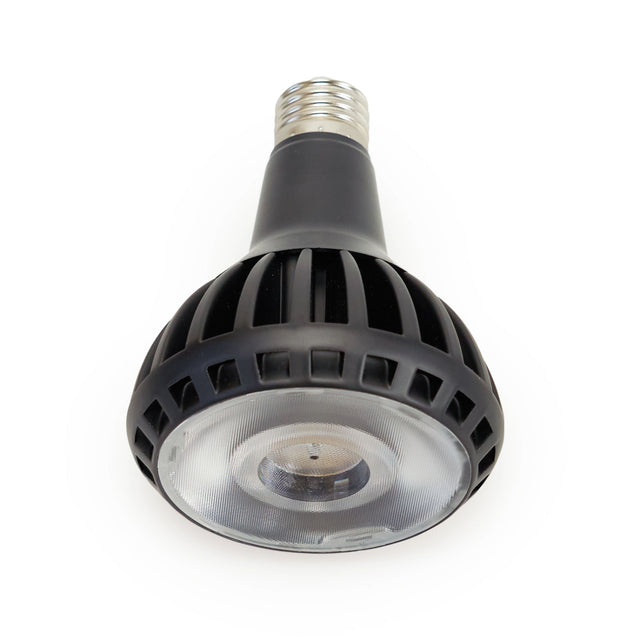
🔬Scientific name: Ananas comosus (Family: Bromeliaceae)
🌍 Origin: It originates from tropical South America, particularly the region spanning southern Brazil and Paraguay. It was first domesticated by indigenous peoples of the Amazon basin, who valued it for its sweet, juicy fruit. After being discovered by European explorers, the pineapple spread to the Caribbean, Central America, and eventually to other parts of the world. Its tropical roots explain its preference for warm temperatures, bright sunlight, and moderate humidity, all of which are essential for healthy growth and fruit production when cultivated at home.
Lighting
Lighting requirement: Bright, indirect light
They thrive in bright, direct sunlight, needing at least 6 to 8 hours of full sun daily to grow well and produce fruit. Outdoors, they do best in a sunny, sheltered spot. Indoors, place them near a south- or west-facing window where they can receive plenty of light. If natural sunlight is limited, supplement with a full-spectrum grow light to ensure they get enough energy for healthy growth. Inadequate light can lead to slow growth, pale leaves, and reduced fruiting, so consistent, strong light is key to keeping a pineapple plant vibrant and productive.
Pineapple plants grow well under full-spectrum LED grow lights. Keep the light 6–12 inches above the plant for 12–16 hours daily to support healthy growth and fruiting.
Watering:
Pineapple plants prefer moderate watering and well-draining soil. Water the plant when the top inch of soil feels dry, usually every 5–10 days, depending on the environment. Avoid overwatering, as soggy soil can cause root rot. Water deeply but infrequently, allowing excess water to drain out. You can also pour a small amount of water into the plant’s central rosette, mimicking its natural habit, but be sure it doesn’t stay stagnant. In cooler months, reduce watering as growth slows.
Humidity
Pineapple plants thrive best in moderate to high humidity, ideally between 50% and 70%. Although they tolerate average indoor humidity, maintaining higher humidity encourages healthier growth and reduces leaf browning.
Tips to increase humidity for your pineapple plant:
- Regularly mist leaves with water.
- Use a humidity tray (tray with pebbles and water placed beneath the pot)
- Place near other humidity-loving plants to create a microclimate.
- Consider using a humidifier if the air is particularly dry.
Maintaining consistent humidity within this range helps your pineapple plant flourish and promotes optimal fruiting.
Fertiliser:
This plant benefits from regular fertilisation to support healthy growth and fruit production. In the UK, it's best to use a balanced liquid fertiliser or one specifically designed for tropical plants. During the growing season (spring and summer), fertilise every 4–6 weeks, diluting the fertiliser to half strength for young plants and full strength for mature ones. Apply the solution directly to the soil, avoiding contact with the plant's leaves or crown. Be careful not to over-fertilise, as this can cause nutrient burn and damage the plant. Reduce fertilisation in autumn and winter when growth naturally slows down.
Temperature:
Pineapple plants thrive in warm temperatures, ideally between 18°C and 30°C, making them well-suited to sunny, indoor environments or warm, frost-free outdoor areas. They are sensitive to cold and should never be exposed to temperatures below 10°C to prevent damage. For indoor care, place them in a warm, sunny spot, away from cold drafts or air conditioning. Outdoor growth is only recommended in consistently warm climates. Maintaining stable temperatures without sudden fluctuations is key to ensuring healthy growth.
Troubleshooting and Pests:
They are generally hardy, but they can encounter a few common problems and pests. If you notice yellowing leaves, it could be a sign of overwatering, while dry, brown tips might indicate low humidity. Ensure the plant has well-draining soil and water only when the top few inches of soil are dry.
Common pests that can affect pineapple plants include mealybugs, scale insects, and spider mites. Regularly inspect the leaves and crown for any signs of pests. If pests are detected, they can be treated with insecticidal soap or a diluted neem oil spray. For severe infestations, isolating the plant and using a suitable pesticide may be necessary. Proper air circulation and avoiding water on the leaves can help prevent pest issues.
Height:
Pineapple plants typically reach a height of 60–90 cm with a similar spread when fully mature. The plant forms a rosette of thick, spiky leaves, while the fruiting stalk can add an additional 30 cm or more in height as it develops. For optimal growth, ensure the plant has enough vertical space to accommodate both the leaves and the fruiting stalk. When growing in a container, choose a pot that provides sufficient depth for the roots without restricting growth. Indoors, make sure there is enough overhead space to prevent the plant from becoming cramped. With proper care, your pineapple plant will maintaina healthy, compact shape while allowing the fruiting stalk to develop naturally.
Is It Toxic To Pets?
Pineapple plants (Ananas comosus) are generally non-toxic to pets, including cats and dogs. However, while the plant itself is safe, the sharp, spiky leaves can cause mouth irritation or injury if chewed. The fruit is also safe for pets in small amounts, but excessive consumption may lead to digestive upset due to its high sugar content. To keep your pets safe, it's best to monitor them around the plant and ensure they don't chew on the leaves. If your pet shows any signs of discomfort after interacting with the plant, consult your vet.
